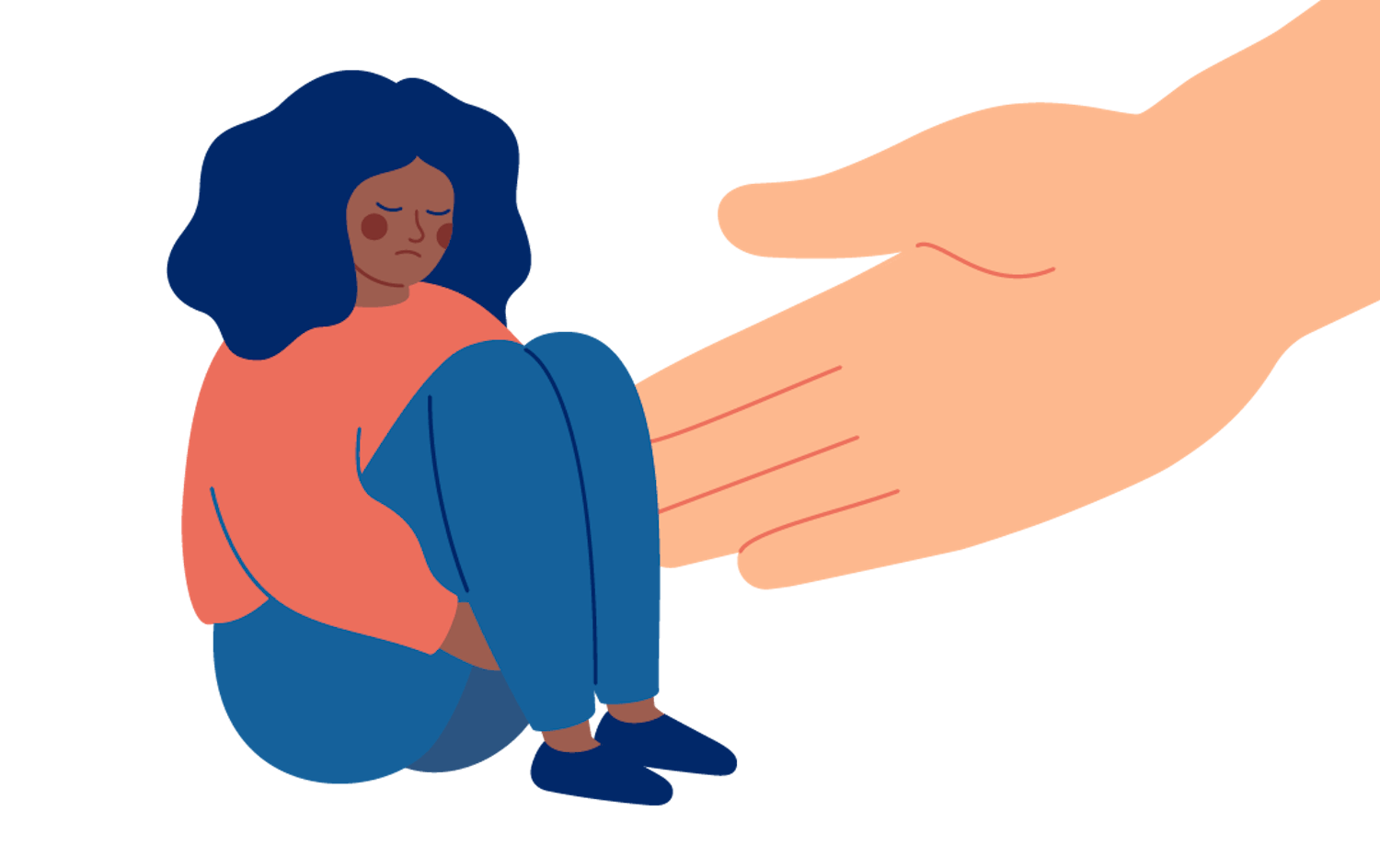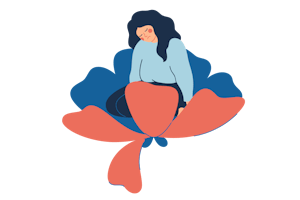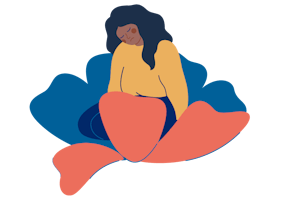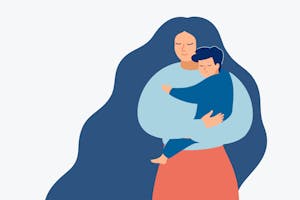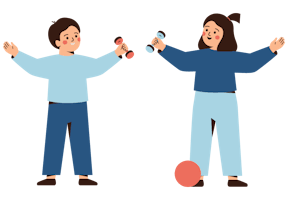What is child sexual abuse?
Sexual abuse is when a child is subjected to sexual acts, words, or images. Sexual abuse can occur between an adult and a child. It can also happen between two children if one child has power over the other one. Grooming is often the precursor to abuse.
Examples of sexual abuse:
- A child is made to watch pornographic materials.
- Photos are taken of a child for sexual purposes.
- A child's genitals are groped, or a child is made to touch someone's genitals.
- Sexual images, words, or conversations with children over the internet.
- A teenager is asked to send or sell sexual images of themselves.
- Sexual intercourse with a child.


